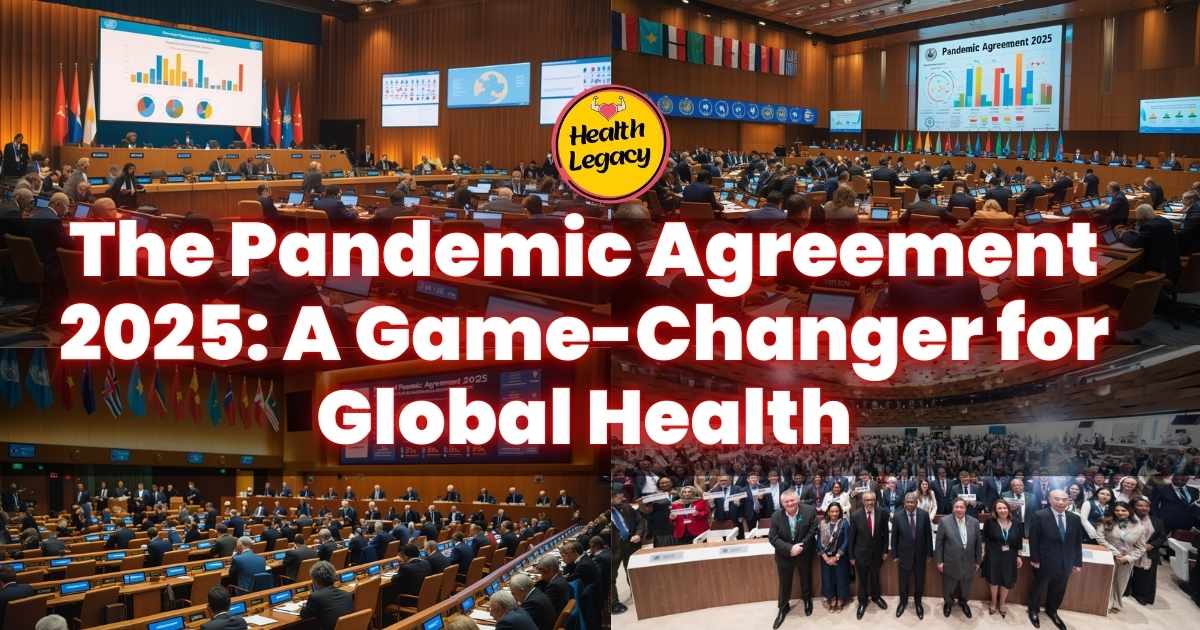The Pandemic Agreement 2025: A Game-Changer for Global Health
Hey, ever wondered what it would be like if the world was actually ready for the next big virus? You know, no more scrambling like we did with COVID-19—just countries teaming up, sharing vaccines, and saving lives like it’s no big deal.

That’s the whole vibe behind the Pandemic Agreement 2025. This game-changing treaty got the green light on May 20, 2025, at the World Health Assembly in Geneva. After years of hashing it out, nations finally agreed on a plan to make future health crises less of a nightmare.
Here at Health Legacy, we’re all about cutting through the jargon and making sense of stuff like this. Our health journalism pro, Devanshi Priya—who’s been at this for over a decade—is here to break it all down for you. Whether you’re sipping chai in Mumbai or hiking in Colorado, this is what the agreement means for you and the world.
What is the Pandemic Agreement?
The Pandemic Agreement is a legally binding treaty signed by World Health Organization (WHO) member states to boost global health security. It sets up a framework for countries to team up, share resources, and tackle pandemics together. Think of it like a global playbook for handling health emergencies, inspired by the messy response to COVID-19, where some countries hoarded vaccines while others scrambled.
The agreement’s roots trace back to the COVID-19 chaos, where wealthier nations grabbed most of the vaccines, leaving places like rural India or sub-Saharan Africa in the dust. The Pandemic Agreement 2025 wants to fix this by ensuring equitable access to vaccines and other medical tools. It’s about making sure a farmer in Punjab or a teacher in Denver has the same shot at protection as anyone else.
Key Objectives
- Equitable Access: Guaranteeing that all countries, rich or poor, get life-saving drugs, vaccines, and diagnostics during a pandemic.
- Strengthened Surveillance: Spotting potential threats early through better data sharing and lab networks, like catching a virus before it spreads from a crowded Delhi market to the world.
- Rapid Response: Speeding up coordinated action, like sending medical teams to a hotspot faster than you can book a flight from Mumbai to New York.
- Research and Development: Encouraging innovation in vaccines and treatments, ensuring they’re affordable for all.
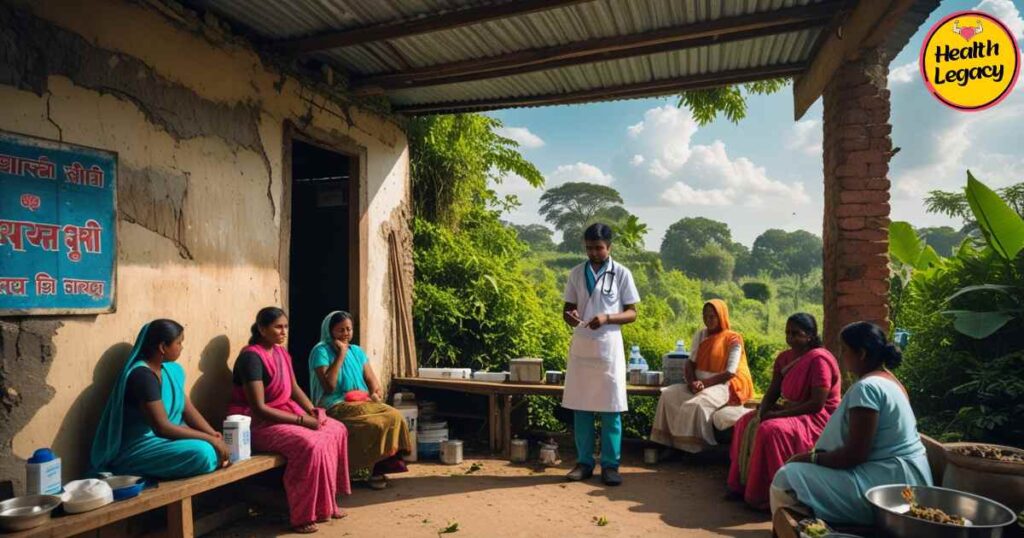
Key Provisions of the Agreement
The Pandemic Agreement lays out clear steps to make these goals real. Here’s what it covers, broken down into bite-sized pieces.
Pathogen Sharing and Benefit Sharing
Countries promise to share data on new pathogens—like the genetic code of a virus—quickly. This helps scientists develop tests, vaccines, and treatments fast. In return, the agreement ensures that the benefits, like vaccines, are shared fairly. For example, if a lab in India shares virus data, they’re guaranteed access to the resulting vaccine, not left waiting while richer nations stockpile.
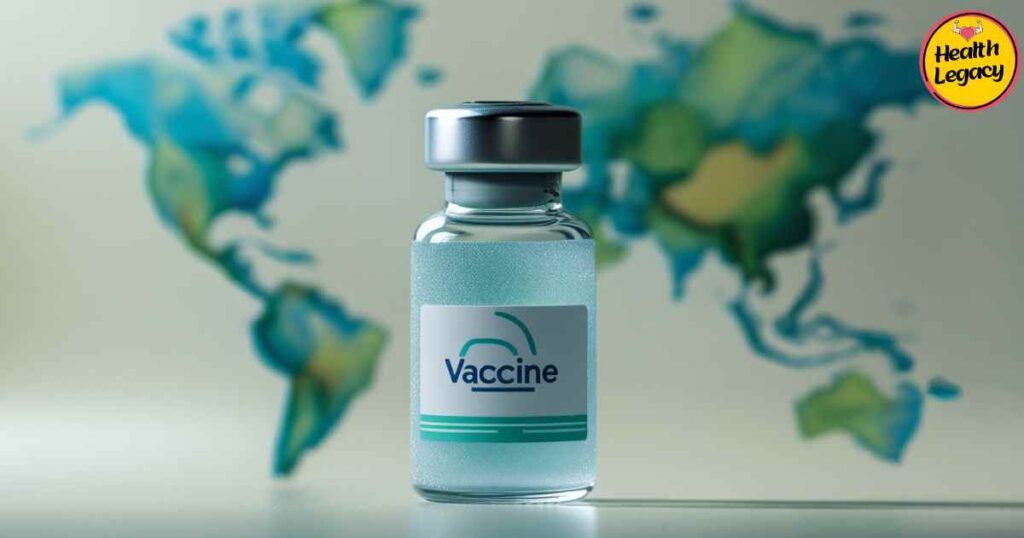
Equitable Distribution
The treaty mandates reserving a chunk of medical supplies—like vaccines or antivirals—for low- and middle-income countries. It also allows for waiving intellectual property rights during pandemics, so factories in places like Gujarat or Ghana can produce generics quickly. This tackles the COVID-19 problem where wealthier nations bought up 80% of vaccine doses early on, per WHO data.
Strengthening Health Systems
The agreement pushes countries to beef up their health infrastructure. This means more labs, trained doctors, and better public health campaigns. Imagine a clinic in a small Colorado town getting funds to upgrade its testing equipment or a hospital in Bengaluru training staff to spot new diseases early. It’s about building a stronger safety net for everyone.
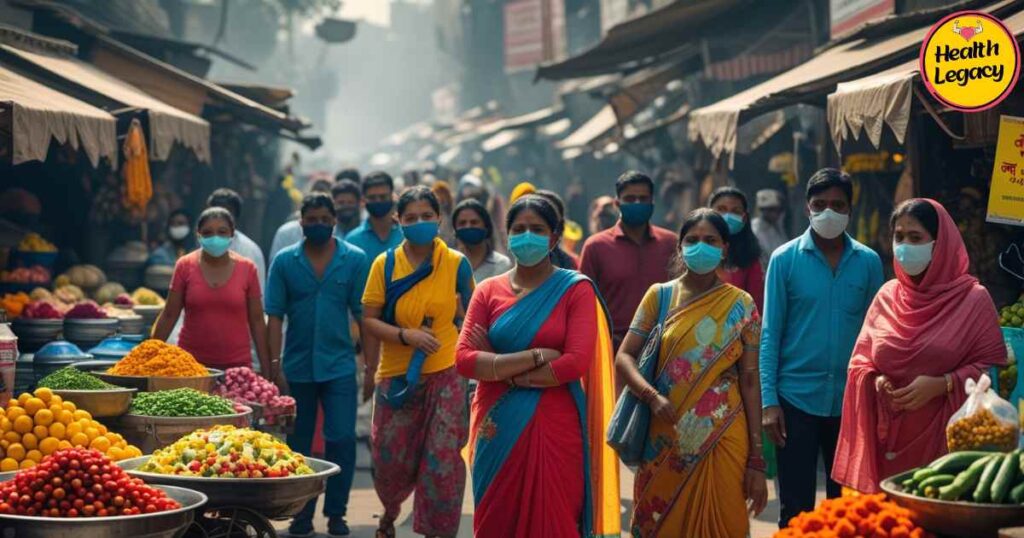
Financing Mechanism
To make this work, the agreement calls for a global fund to support pandemic preparedness. This could involve contributions from governments, charities like the Bill & Melinda Gates Foundation, or even new ideas like pandemic bonds. The catch? The details on who pays what are still fuzzy, which could slow things down.
Implications for Global Health
The Pandemic Agreement 2025 could reshape how we handle health crises. Here’s how it might play out.

Enhanced Cooperation
By getting countries to work together, the agreement could make responses faster and smarter. Picture a world where a new virus in a Mumbai slum is reported instantly, with global experts jumping in to help before it spreads to Denver or Dubai. This kind of teamwork could save millions of lives.
Reduced Inequity
The focus on health equity means no one gets left behind. During COVID-19, low-income countries got vaccines months later than richer ones, per UN reports. The agreement’s rules on reserving supplies aim to close that gap, ensuring a nurse in rural India gets vaccinated as quickly as one in New York.

Stronger WHO Role
The WHO gets a bigger role in coordinating global health efforts. It’ll monitor compliance and help countries share resources, making it a bit like the quarterback calling plays in a global health game. This could make the WHO more effective, though it’ll need funding and support to pull it off.
Legal Accountability
As a binding treaty, countries can’t just ignore it without consequences. This adds teeth to the agreement, unlike past non-binding promises that some nations sidestepped. It’s a step toward holding everyone accountable for global health governance.
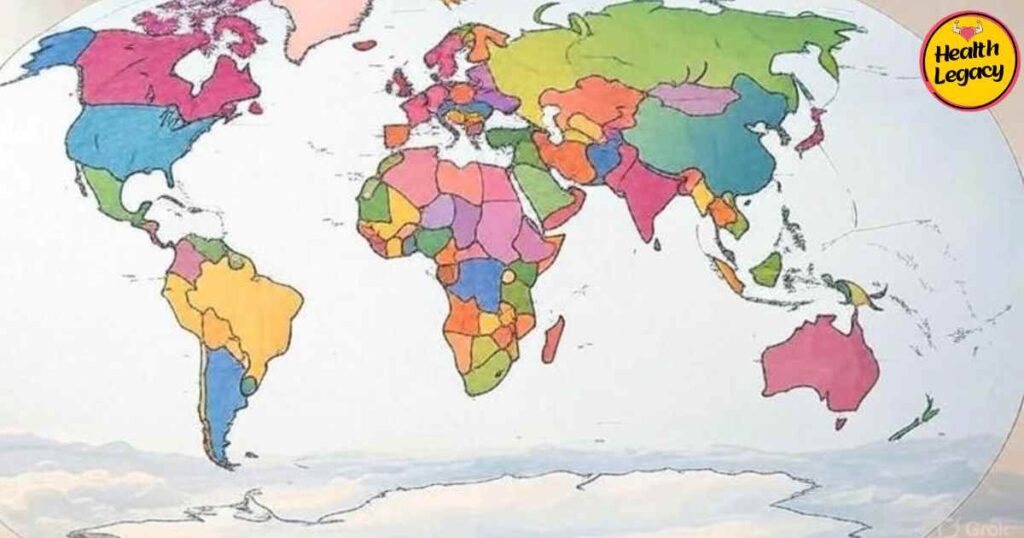
Challenges and Criticisms
The Pandemic Agreement isn’t perfect. Here are the hurdles it faces.
U.S. Absence
The U.S. didn’t join the vote at the World Health Assembly 2025, raising eyebrows. As a major player in health research and funding, its absence could weaken the treaty’s impact. Some say it’s about politics or worries over giving up control, but it’s a setback for international health cooperation, per NPR reports.
Funding Gaps
The agreement’s funding plan is still unclear. Without solid cash flow, poorer countries might struggle to upgrade their health systems. Think of it like trying to build a hospital in a remote Indian village without enough money—it’s a great idea, but it needs backing to work.
Implementation Struggles
Turning promises into action is tough. Countries with tight budgets, like those in parts of Africa or South Asia, may find it hard to meet the agreement’s demands, like setting up new labs or training staff. It’s like asking a small-town clinic to become a high-tech hub overnight.
Sovereignty Concerns
Some countries worry about sharing sensitive data, like virus samples, fearing it could be misused. It’s a bit like a shopkeeper in a bustling Mumbai market hesitating to share trade secrets. Balancing international cooperation in health with national interests is a tightrope walk.
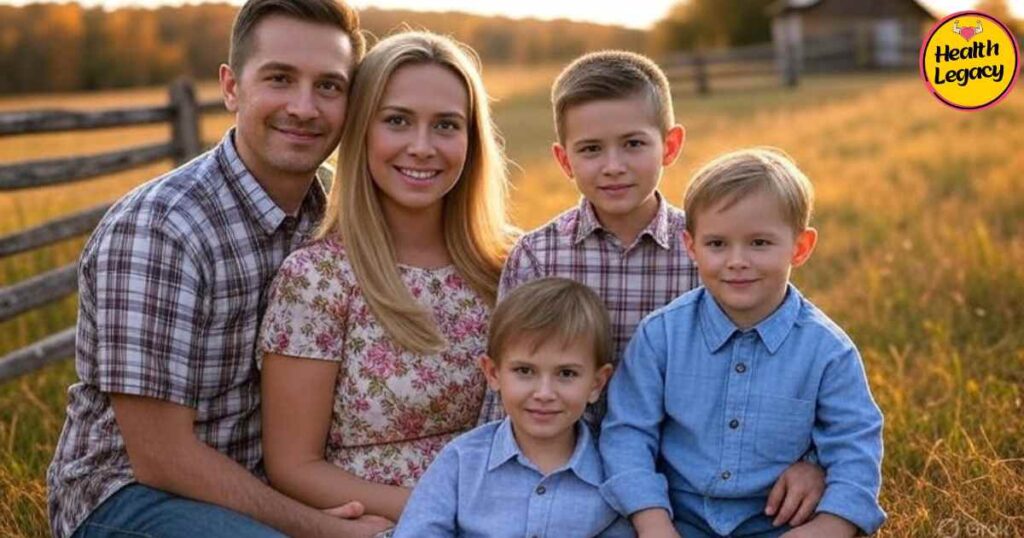
What Does This Mean for You?
For folks like you, the Pandemic Agreement could mean a safer future. If a new virus hits, vaccines and treatments should reach you faster, whether you’re in a quiet Colorado valley or a crowded Delhi street. It also means better early warning systems, so a virus might be caught before it spreads to your community.
You can play a part too. Stay informed through trusted sources like Health Legacy, support local health programs, or get vaccinated when needed. For example, joining a community health drive in India or a flu shot clinic in the U.S. helps build a stronger global health network.
Let’s say a fictional teacher, Priya, in Bengaluru hears about a new virus. Thanks to the agreement, her local clinic gets test kits quickly, and she’s vaccinated within weeks, not months. This story (made up for clarity) shows how the treaty could protect everyday people.
Conclusion
The Pandemic Agreement 2025, adopted at the World Health Assembly 2025, is a bold move toward a fairer, safer world. It tackles the inequities and chaos of past pandemics, aiming for pandemic preparedness that benefits everyone, from bustling cities to remote villages. Challenges like funding and the U.S. absence loom large, but the treaty’s focus on health equity and global health governance offers hope. At Health Legacy, we believe in empowering you with clear, actionable info. As Devanshi Priya puts it, this agreement is a step toward a world where no one’s left behind in a health crisis. Let’s keep pushing for a healthier planet together.
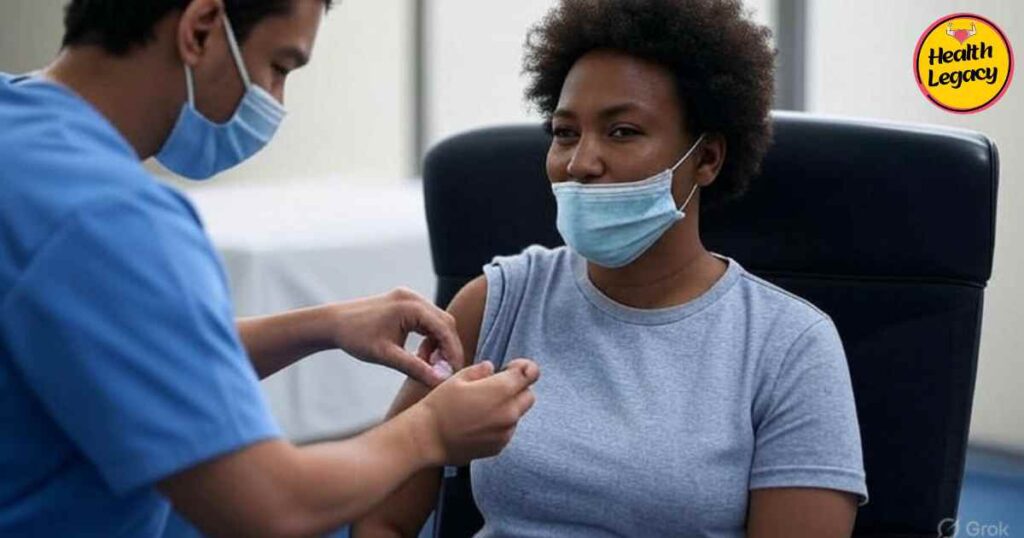
FAQs
- What is the Pandemic Agreement?
The Pandemic Agreement is a WHO treaty to boost pandemic preparedness, ensuring equitable access to vaccines and stronger health systems worldwide. - When was the Pandemic Agreement adopted?
It was signed on May 20, 2025, at the World Health Assembly 2025 in Geneva. - Why didn’t the U.S. join the Pandemic Agreement?
The U.S. skipped the World Health Assembly 2025 vote, possibly due to political or sovereignty concerns, which may impact global health cooperation. - How does the agreement ensure equitable access to vaccines?
It reserves medical supplies for poorer countries and allows intellectual property waivers to speed up vaccine distribution. - What challenges does the Pandemic Agreement face?
Key issues include unclear funding, implementation struggles in low-income nations, and sovereignty concerns over data sharing. - How is the Pandemic Agreement linked to COVID-19?
It was created to fix issues like unequal vaccine distribution and poor coordination seen during the COVID-19 crisis. - What’s the WHO’s role in the Pandemic Agreement?
The WHO leads coordination, monitors compliance, and supports international health cooperation to make the treaty work.
Also Read :
How to manage anxiety naturally-Expert Tips | Health Legacy
Transform Your Gut Health with These 7 Probiotic Diet Hacks!
How the Pioneer Woman Diet Plan Changed Ree Drummond’s Life
Erectile Dysfunction: A Silent Warning for Heart Health
Top Productivity Hacks to Transform Your Work-Life Balance

